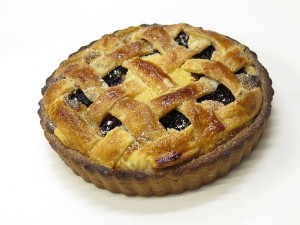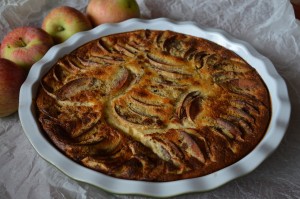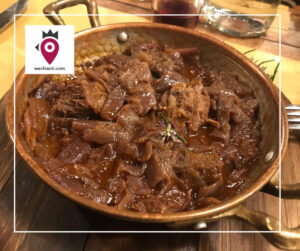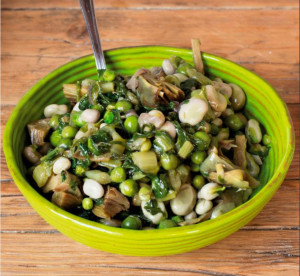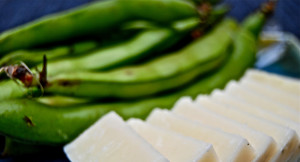Articolo disponibile anche in: Italian
Homemade cake is a sweet smelling welcome, a gesture of affection for the people we love and with whom we want to share a happy and tasty moment at home.
It is perfect for finishing a dinner, for a tasty snack, to greet friends and relatives or for a healthy breakfast. These sweets are almost always lovingly created by sage feminine hands, with a mixture of simple ingredients found in the pantry – sugar, yeast, chocolate, honey, jam (the ingredient that we all tried to sneak out of the kitchen when we were little).
The preparation of these sweets is like a yellowed photograph imprinted on our hearts and memories. Who can forget the wooden rolling pin, the milk-filled pitcher, the wooden spoon, the powdered sugar, the whisk, the buttered cake pan or the hot oven?
As children we stirred the little bit of batter that remained in the bowl, ready to sweeten the house and its inhabitants. In Tuscany, one ot the most popular cakes is the “ciambellone,”, present in every kitchen: a bit of flour, milk, butter eggs and sugar. Each family has its own recipe: some with a pinoli crust, some with walnots, some with apples and raisins, some “plain”, ready to be dipped in milk, others with a bit of chocolate to please the children.
It ia a “poor” cake, created with what we find in the pantry, with a perfume that pervades the house and is recognizable from the moment we enter.
The egg whites not used in the batter are quickly beaten into peaks to create the “poppe di monaca”, meringues. My grandparents’ house welcomed every guest, relatives on Sunday, visiting friends, with a “ciambellone”.
In our case it had a delicious crust of glazed sugar in which we inserted toasted pinoli, gathered from the pine forest near home, gathered purposely to create our ciambellone. Accompanying the cake is a small glass of Vin Santo (holy wine), tasted, enjoyed and drunk again.
“Dip in two or three of these! It will help the holy wine go down. Take another glass,” my old uncle would say to the already tipsy visitor from the city”.
After the ciambellone and meringues…a bowl full of dry biscotte with almonds, the famous “cantuccini.” In the meantime, auntie completed the gesture, inviting the already semi-lucid guest to dinner.
“Come on. The pasta is already on the stove. The sauce has been ready since this morning”.
My aunt and uncle lived in a town near a chestnut grove. There was always chestnut flour, ground at the nearby mill, in the house and an additional 2 cakes: especially in the autumn when there was “castagnaccio” and chestnut fritters, delicious when spread with fresh ricotta.
In February, for Carnevale, I would ask nonna for 2 traditional fried sweets typical of this holiday: “cenci” (a fine sweet pastry fried and covered with sugar) and rice fritters. I adored them, as did my friends who came to visit, and I always asked for them, especially the ‘cenci”. “This time I’ll make “schiacciata alla fiorentina”. It is better for you,” my nonna would say.
This is another fabulous winter cake made in Florentine homes. “Okay,” I would answer. “But filled with whipped cream like they make it in Florence!”
Francesco Sorelli – Il Bisarno Oltre la Sieve

